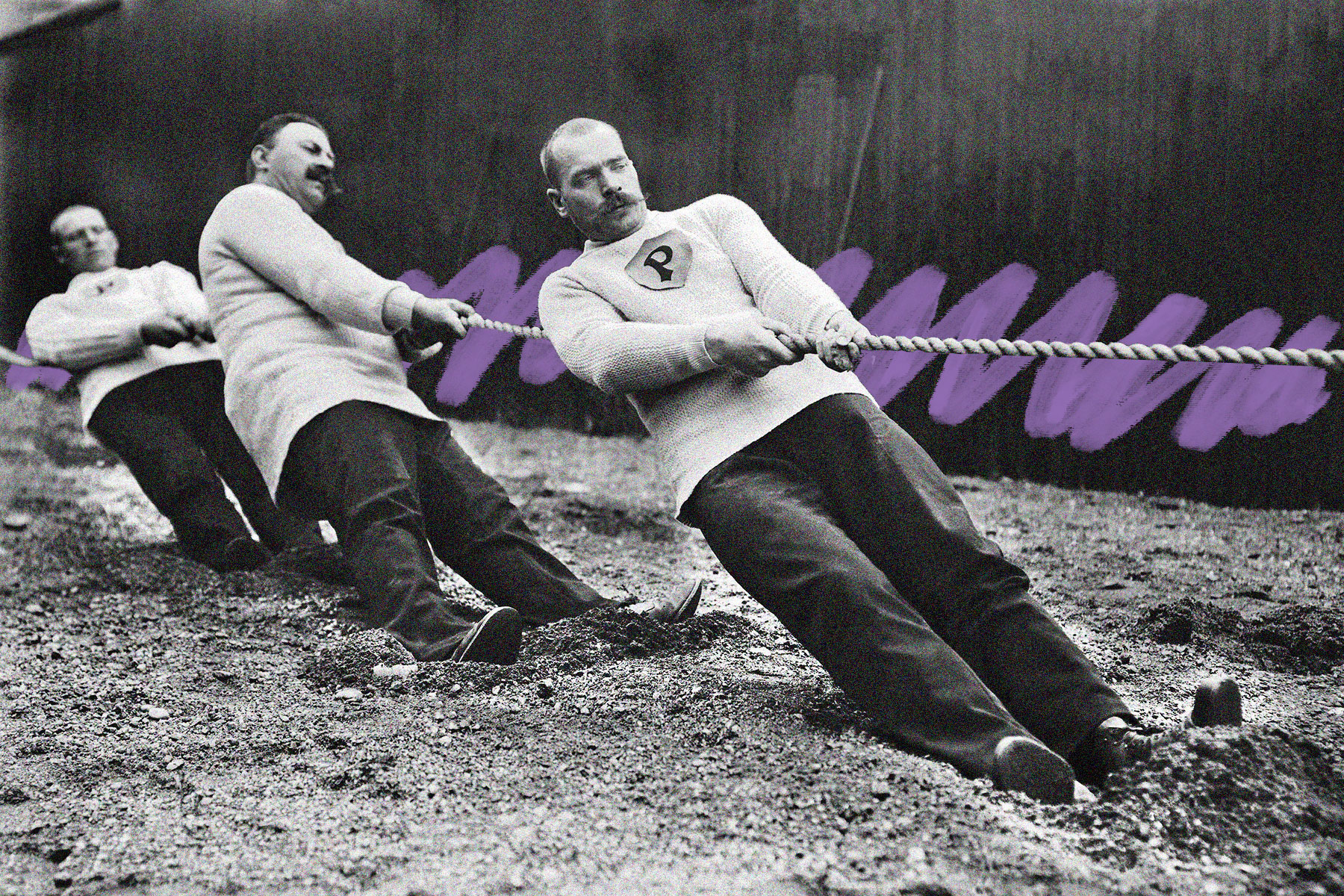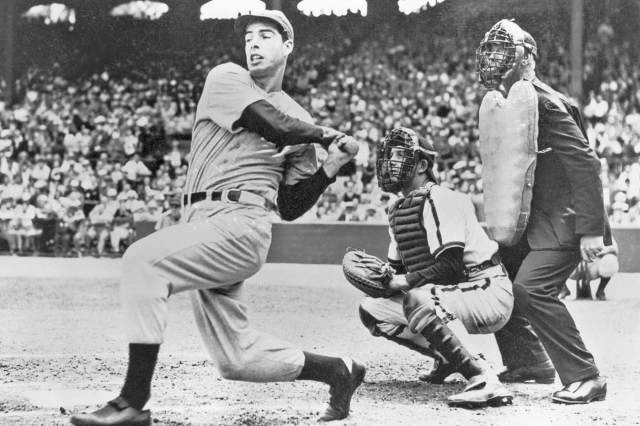Tug-of-war used to be in the Olympic Games.
Today, we associate tug-of-war with cookouts and schoolyard games, but for a brief period in the early 20th century, world-class competitors participated in tug-of-war matches on one of the most prestigious stages in athletics: the Olympic Games. Tug-of-war was an event at five Summer Games: in 1900, 1904, 1908, 1912, and 1920. The rules of Olympic tug-of-war were essentially a slightly more regulated version of the game commonly played today. Two teams of eight competitors (or five or six competitors in the 1900 and 1904 Games) grabbed hold of either side of a rope, and two lines were drawn in the middle of the field, 6 feet away from each team. The two sides then battled to pull the opposing team 6 feet over the line closest to their side — or to make the other team fall over. If this wasn’t accomplished within a five-minute time limit, the team that had pulled their opponent the greatest distance was declared the winner.
However, there were some unusual rules in Olympic tug-of-war that led to a few odd results. For instance, a country could enter multiple teams into the same competition, which resulted in the United States winning the gold, silver, and bronze medals in tug-of-war at the 1904 Olympics. A similar result occurred after a controversy in the 1908 Games: When the United States complained that the competitors from Great Britain had an unfair advantage from the heavy, spiked police boots they were wearing, the U.S. withdrew from the competition in protest, and all three medals went to Great Britain. After the 1920 Games, the International Olympic Committee removed around 30 sports from the Olympics, including tug-of-war, amid concerns that the event was getting too large.















